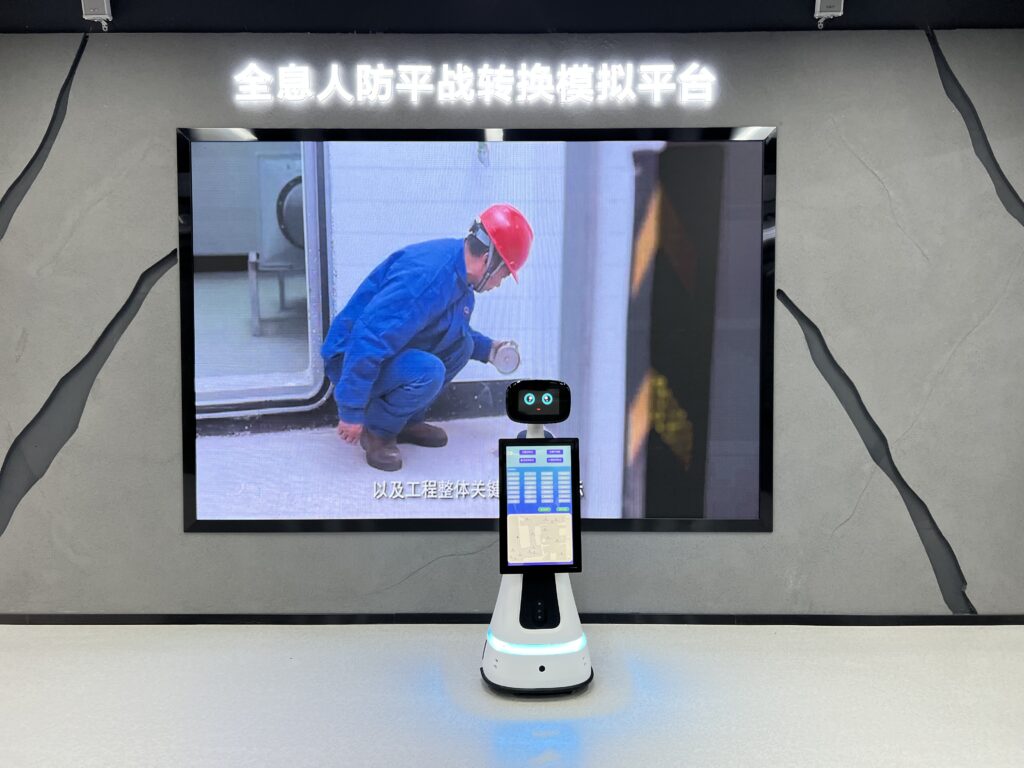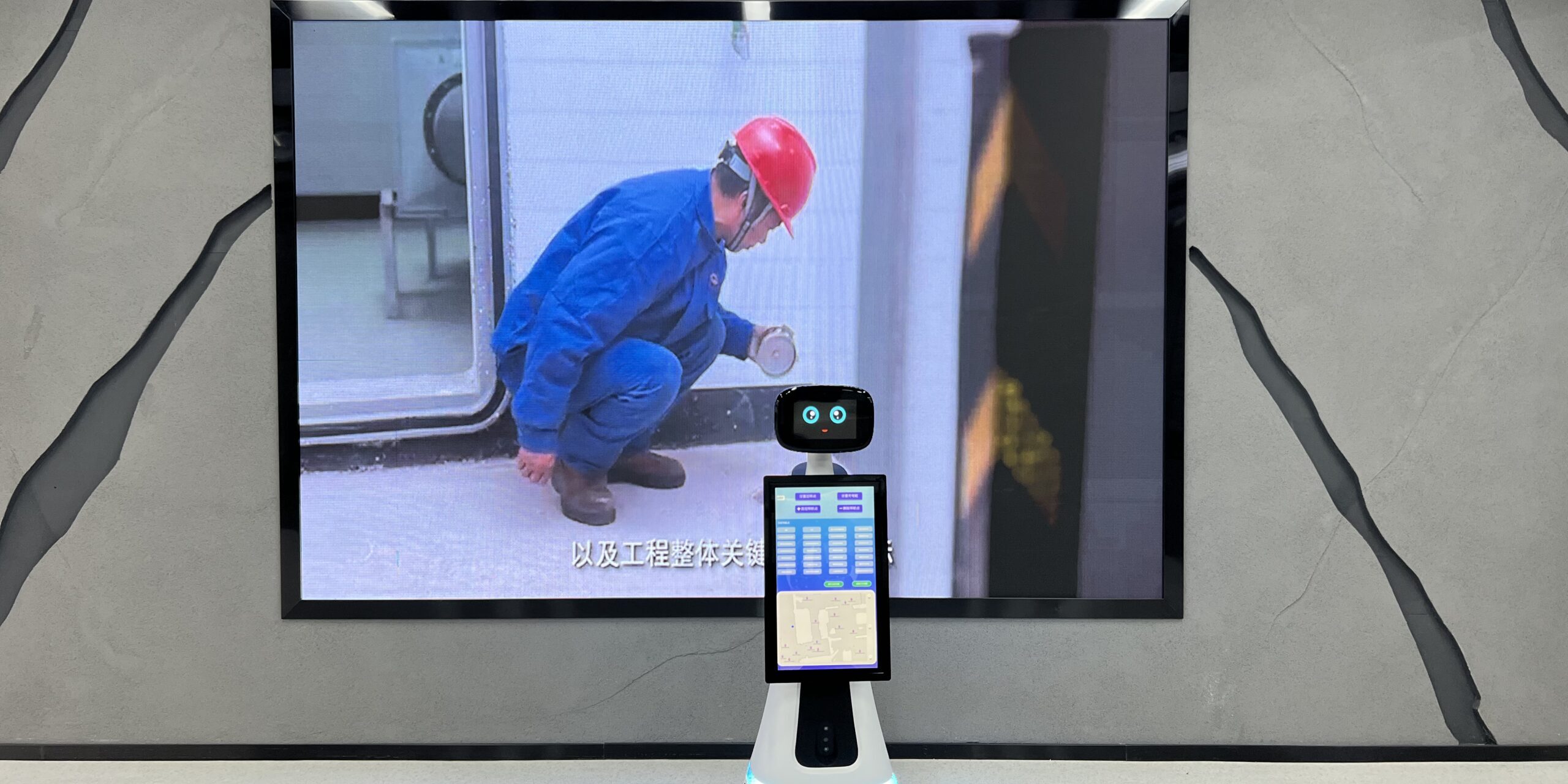Introduction
In the realm of robotics, multi-sensor fusion technology has emerged as a critical component for enhancing navigation capabilities. By integrating data from various sensors, robots can achieve superior accuracy and adaptability in diverse environments. This article explores common sensor types used in robot navigation, the advantages of multi-sensor fusion, key algorithms employed, and real-world applications that illustrate its effectiveness.
Common Sensor Types in Robot Navigation
- LiDAR (Light Detection and Ranging)
- LiDAR sensors emit laser beams to measure distances by calculating the time it takes for the light to return. They provide high-resolution 3D maps of the environment, making them invaluable for obstacle detection and navigation.
- Cameras
- Cameras capture visual information that can be processed for object recognition, tracking, and scene understanding. They are essential for tasks requiring color differentiation and complex visual cues.
- Inertial Measurement Units (IMUs)
- IMUs consist of accelerometers and gyroscopes that measure the robot’s acceleration and angular velocity. They help in estimating changes in position and orientation, particularly useful during rapid movements or when GPS signals are weak.
- Ultrasonic Sensors
- These sensors use sound waves to detect objects and measure distances. They are often used in close-range applications where LiDAR might be overkill or too costly.
- GPS (Global Positioning System)
- GPS provides location data outdoors but can be less effective indoors or in urban canyons where signals may be obstructed.

Advantages of Multi-Sensor Fusion
- Improved Localization Accuracy
- By combining data from multiple sensors, robots can mitigate the weaknesses of individual sensors, leading to more accurate localization. For example, LiDAR can provide precise distance measurements while cameras enhance contextual understanding.
- Enhanced Environmental Perception
- Multi-sensor fusion allows robots to create a more comprehensive understanding of their surroundings. This capability is crucial for navigating complex environments with dynamic obstacles, such as crowded public spaces.
- Robustness Against Sensor Failures
- If one sensor fails or provides inaccurate data, others can compensate, ensuring that the robot maintains reliable performance even in challenging conditions.
Multi-Sensor Fusion Algorithms
- Kalman Filter
- The Kalman filter is a mathematical algorithm that uses a series of measurements observed over time to estimate unknown variables. It is particularly effective for linear systems and is widely used for sensor fusion in robotics to predict the state of a moving object based on noisy measurements.
- Particle Filter
- Unlike the Kalman filter, particle filters can handle non-linearities and non-Gaussian noise by representing the probability distribution with a set of particles. This approach is beneficial for complex environments where traditional methods may struggle.
- Complementary Filter
- This technique combines high-frequency data from one sensor with low-frequency data from another to produce a more accurate estimate of an object’s state. It is often used in conjunction with IMUs and other sensors to stabilize readings.
Application Cases of Multi-Sensor Fusion
- Autonomous Delivery Robots
- In urban environments, delivery robots utilize multi-sensor fusion to navigate through dynamic obstacles like pedestrians and vehicles while ensuring accurate localization using LiDAR and cameras combined with GPS data.
- Warehouse Robotics
- Robots operating in warehouses merge data from LiDAR and IMUs to efficiently navigate through aisles filled with goods, allowing them to avoid collisions while maintaining precise positioning even in cluttered settings.
- Social Navigation Robots
- Robots designed for social interactions (e.g., those used in hospitals or malls) employ multi-sensor fusion techniques to understand human movements and maintain safe distances while navigating crowded areas.
Conclusion
Multi-sensor fusion technology significantly enhances robot navigation by improving localization accuracy, environmental perception, and robustness against sensor failures. As robotics continues to evolve, leveraging advanced algorithms like Kalman filters and particle filters will be crucial for developing more capable autonomous systems across various applications. The integration of diverse sensor modalities not only increases operational efficiency but also opens new avenues for innovation in robotic navigation solutions.






